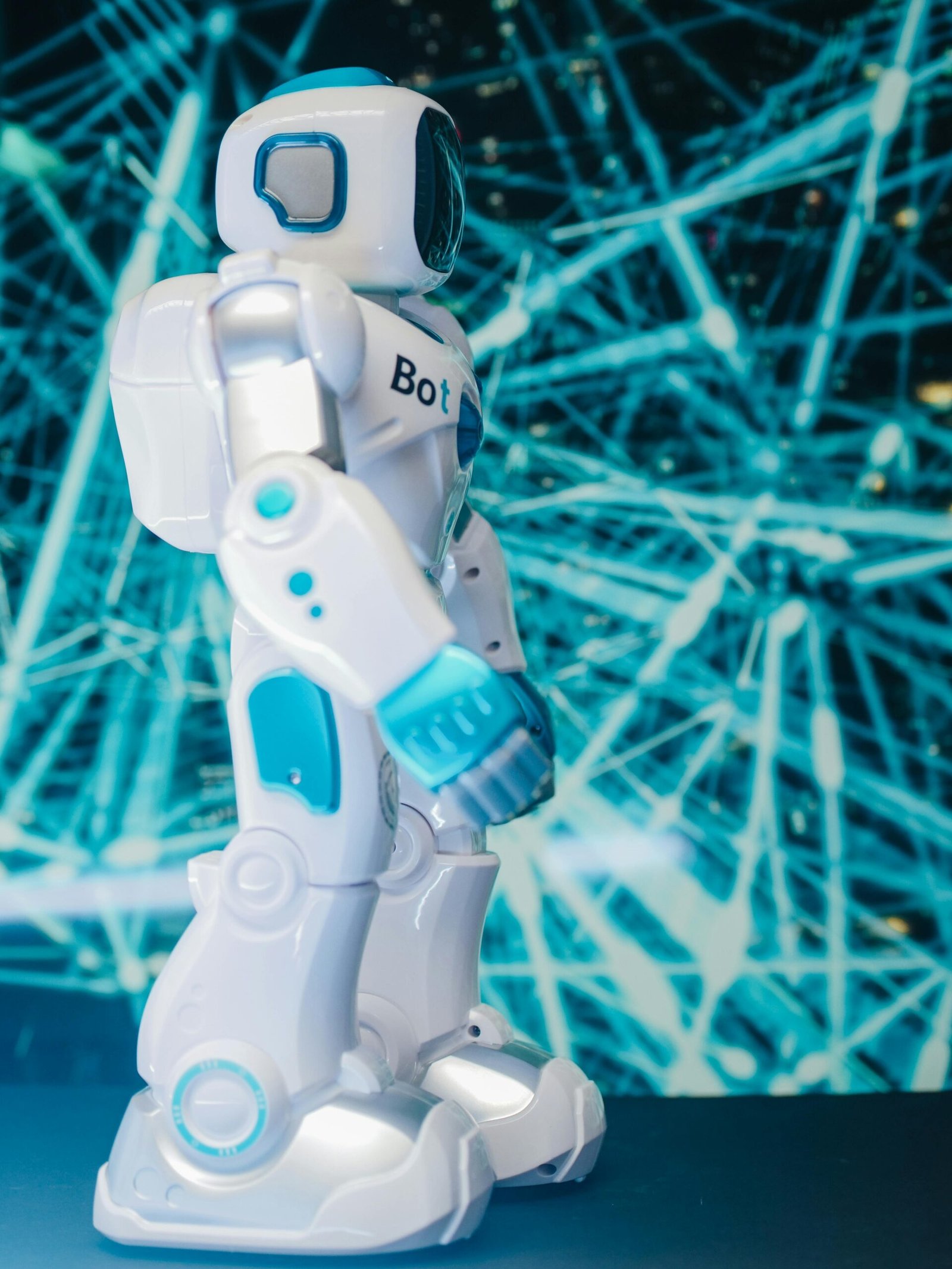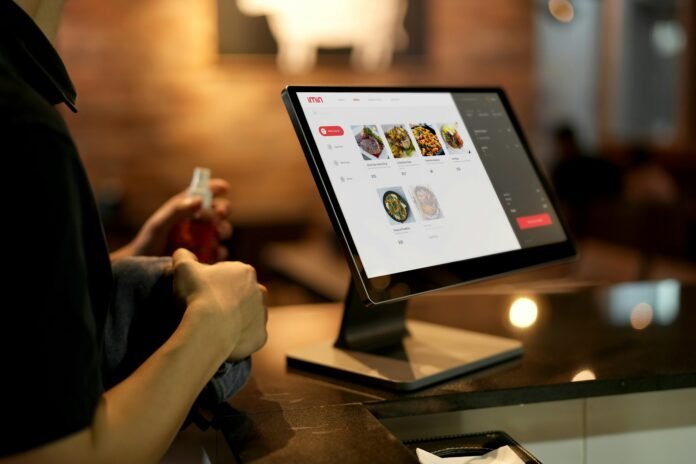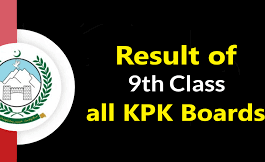Introduction
AI and automation aimed at revolutionizing the 2025 job search are fast, efficient, and personalized. The more traditional means of applying-for-an-objective form of submitting resumes and cover letters-are gradually becoming outdated as AI-enabled technologies streamline hiring processes for both job seekers and employers. From an applicant’s resume in terms of job matching and assessment to virtual interviewing, automation is redesigning the way candidates source their opportunities and firms pinpoint their sprinkles of talent.
AI-Job Matching
The second-most vital advancement in 2025 would essentially cover the AI aspect of job matching.
This has created AI job matching platforms such as LinkedIn, Indeed, and other specialized AI recruitment tools, where deep learning algorithms analyze a candidate’s skills, experience, and preferences, matching the candidate to the most suited job opens. These systems ignore simple keyword matching by examining aspects like cultural fit, career trajectory, and predicting job satisfaction based on historical data. Job seekers obtain personalized suggestions, thereby reducing time wasted on unsuitable applications.

Automated Resume Optimization
AI tools today offer automatic resume adjustments to suit job descriptions. Platforms such as Resume Worded and Zety employ natural language processing (NLP) to offer suggestions for resume enhancements, enabling resumes to pass through applicant tracking systems (ATS). Some AI systems even prepare resumes that dynamically change their content according to the position being applied for, thus improving the chances of getting interviews.
Smart Interview Preparation
Virtual interview coaching powered by AI (Interviews AI) and Hire Vue offer real-time feedback on candidates’ tone, body language, and answering skills. With the help of Generative AI, these tools simulate interviews for precinct-specific questions so that job seekers can practice. In 2025, AI mock interviews were hardly distinguishable from real-life interviews, generating candidates with an edge in the competition.

Automated Recruitment and the Reduction of Bias
Hiring firms are leveraging AI to screen applicants, thereby saving humans from being biased in their hiring attempts. Machine-learning models assess skills objectively without bias toward competencies and demographics. Still, concerns for ethical practices remain as biased training data may get into the mix. As a counter-announcement, government agencies and technology organizations are calling for stricter audits for fairness so that equitable hiring practices occur.
Chat bots & Instant Application
AI chat bots manage the initial interactions with candidates, answering FAQs, scheduling interviews, and sometimes carrying out preliminary screening. Using conversational AI, the job seekers can apply for positions through applications that make the process smooth. Mya and XOR are examples of platforms that provide assistance around the clock, leading to high levels of engagement and response time.

The Rise of the Gig Economy & AI Freelancing Platforms
With a remote and gig-based workforce, AI platforms like Upwork and To ptal use predictive analytics to connect freelancers with short-term models. These systems focus on readily available data such as pricing, scheduling, and character references to match projects with preferred and qualified candidates.
Concluding
ob servat ons By the year 2025, job searching would be yet another activity made efficient and personalized by AI and automation. It makes the entire process more accessible and, as a whole, takes away a lot of the precious time spent while reducing biases in the work itself. However, there remain challenges like data privacy and ethical AI use. Job seekers would have to learn to utilize AI in their work while employers should make sure their hiring processes are transparent when it comes to these automated systems. Everything changes under the evolving technologies; thus, job searching would be pursued in future by intelligent automated systems.




